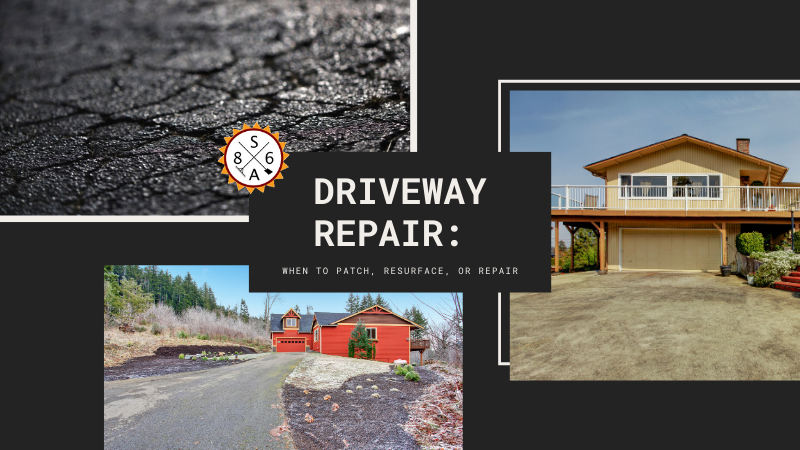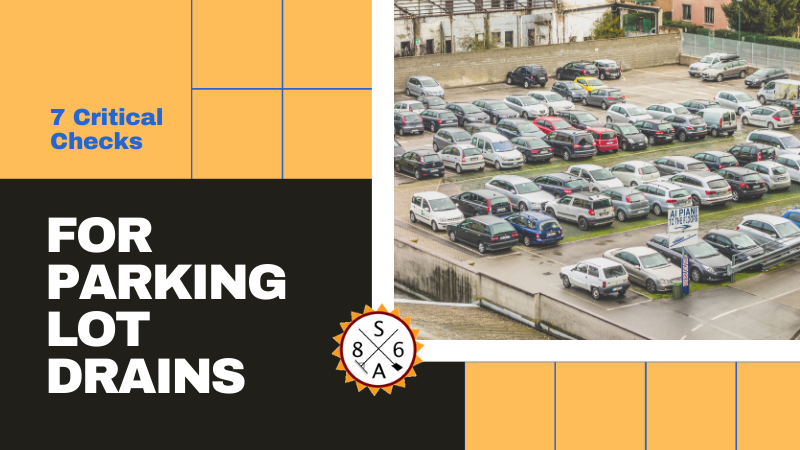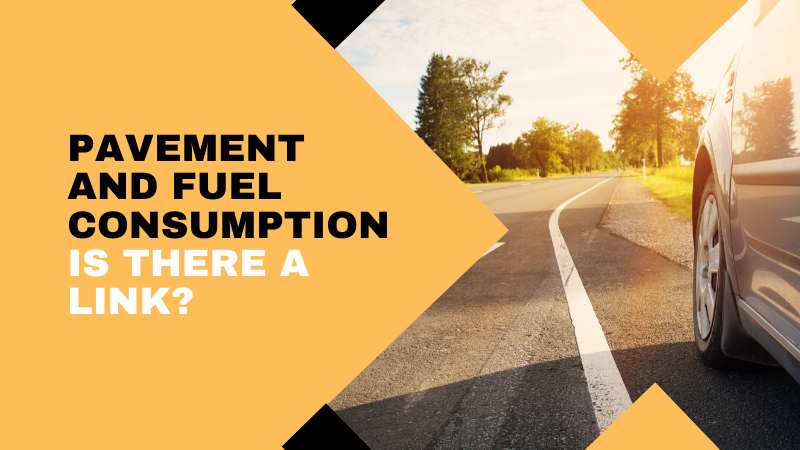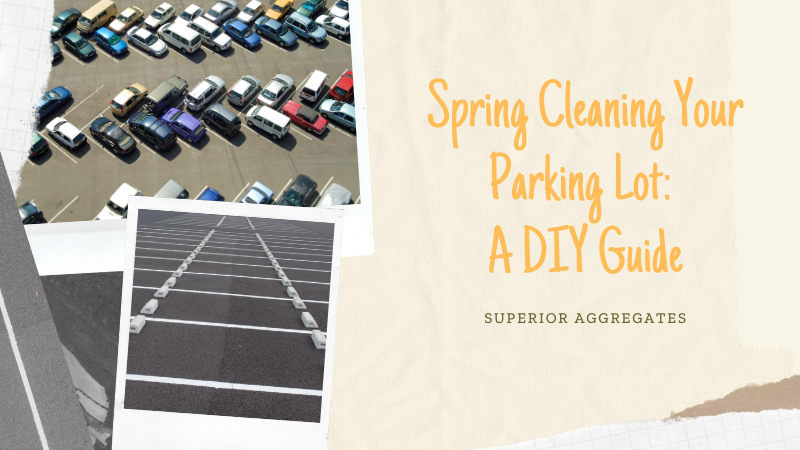
When to Patch, Resurface, or Repair
Repairing a driveway can be very expensive at times. Even though the driveway is made of concrete or bricks, installing a new driveway makes things very expensive. All you have to decide is whether you need your driveway to be patched, resurfaced, or repaired.
Since repairing a driveway could be very expensive, most of the homeowners fail to replace their driveway and instead choose to patch the cracks and the awful spots on the driveway. This could be cheap at that time, but in the long run, it could turn out to be more than expensive for you. Before you decide what to do in your driveway, you need to consider several factors to ensure you are getting the right option for your driveway repair.
With so many cars moving on your driveway for a long time, your driveway will begin to show signs of damage. The first thing that you will start to realize is having small cracks as well as some divots on the material that is used in making the driveway. If the cracks on your driveways are not that deep, it is good to decide to repair your driveway. All you need is some liquid crack fillers for filling the cracks in the driveway. In case the cracks are more substantial, maybe a width of more than a quarter-inch, it is clear that your driveway is in a mess. If you repair such cracks on your driveway by just filling them using liquid crack fillers, the problem will be solved but temporarily.
Driveway patching
In case your driveway has some holes in it, you need to ensure that you patch the holes using some patching materials. Although you will have your driveway patched, water will still find its way through the patches. With time the water will begin opening the holes on your driveway again. Some homeowners will choose to patch the driveways by themselves rather than hiring concrete contractors to repair. Patching your driveway pushes the replacement of your driveway for quite some time.
Driveway replacement
The look on your driveway could be the main factor that gives your home a complement. If your driveway is in bad shape, then your home will also be in the same shape. Consequently, if you are the type of homeowners who sells houses, you will realize that your buyers will tend to look at whether the driveway has holes and cracks on it. If this is the situation on your driveway, then it would be best to replace it rather than patching it. This type of concrete repair would be best for the driveways whose conditions are deplorable. Although it could be costly, the replacement on your driveway could give your driveway the best look that every homeowner will want.
Driveway resurfacing
At any time you want to hire any concrete contractors to work on the patches that are always on your driveway or redo it, you should think about resurfacing it. When you get the best contractors for concrete repair, they will help you in resurfacing your driveway. Resurfacing your driveway involves removing the topmost layer on the driveway and replacing it with another. The best thing with having your driveway resurfaced is that it becomes brand new. Even if there are cracks and pits on the driveway, when you resurface it, you will not have the same problem for quite some time. When the driveway is resurfaced, all the cracks and the pits will be repaired at the same time. This is the best option if you want to have your driveway looking better at all times.
Repairing a driveway can be very expensive at times. Even though the driveway is made of concrete or bricks, installing a new driveway makes things very expensive. All you have to decide is whether you need your driveway to be patched, resurfaced, or repaired.
Since repairing a driveway could be very expensive, most of the homeowners fail to replace their driveway and instead choose to patch the cracks and the awful spots on the driveway. This could be cheap at that time, but in the long run, it could turn out to be more than expensive for you. Before you decide what to do in your driveway, you need to consider several factors to ensure you are getting the right option for your driveway repair.
With so many cars moving on your driveway for a long time, your driveway will begin to show signs of damage. The first thing that you will start to realize is having small cracks as well as some divots on the material that is used in making the driveway. If the cracks on your driveways are not that deep, it is good to decide to repair your driveway. All you need is some liquid crack fillers for filling the cracks in the driveway. In case the cracks are more substantial, maybe a width of more than a quarter-inch, it is clear that your driveway is in a mess. If you repair such cracks on your driveway by just filling them using liquid crack fillers, the problem will be solved but temporarily.
Driveway patching
In case your driveway has some holes in it, you need to ensure that you patch the holes using some patching materials. Although you will have your driveway patched, water will still find its way through the patches. With time the water will begin opening the holes on your driveway again. Some homeowners will choose to patch the driveways by themselves rather than hiring concrete contractors to repair. Patching your driveway pushes the replacement of your driveway for quite some time.
Driveway replacement
The look on your driveway could be the main factor that gives your home a complement. If your driveway is in bad shape, then your home will also be in the same shape. Consequently, if you are the type of homeowners who sells houses, you will realize that your buyers will tend to look at whether the driveway has holes and cracks on it. If this is the situation on your driveway, then it would be best to replace it rather than patching it. This type of concrete repair would be best for the driveways whose conditions are deplorable. Although it could be costly, the replacement on your driveway could give your driveway the best look that every homeowner will want.
Driveway resurfacing
At any time you want to hire any concrete contractors to work on the patches that are always on your driveway or redo it, you should think about resurfacing it. When you get the best contractors for concrete repair, they will help you in resurfacing your driveway. Resurfacing your driveway involves removing the topmost layer on the driveway and replacing it with another. The best thing with having your driveway resurfaced is that it becomes brand new. Even if there are cracks and pits on the driveway, when you resurface it, you will not have the same problem for quite some time. When the driveway is resurfaced, all the cracks and the pits will be repaired at the same time. This is the best option if you want to have your driveway looking better at all times.




